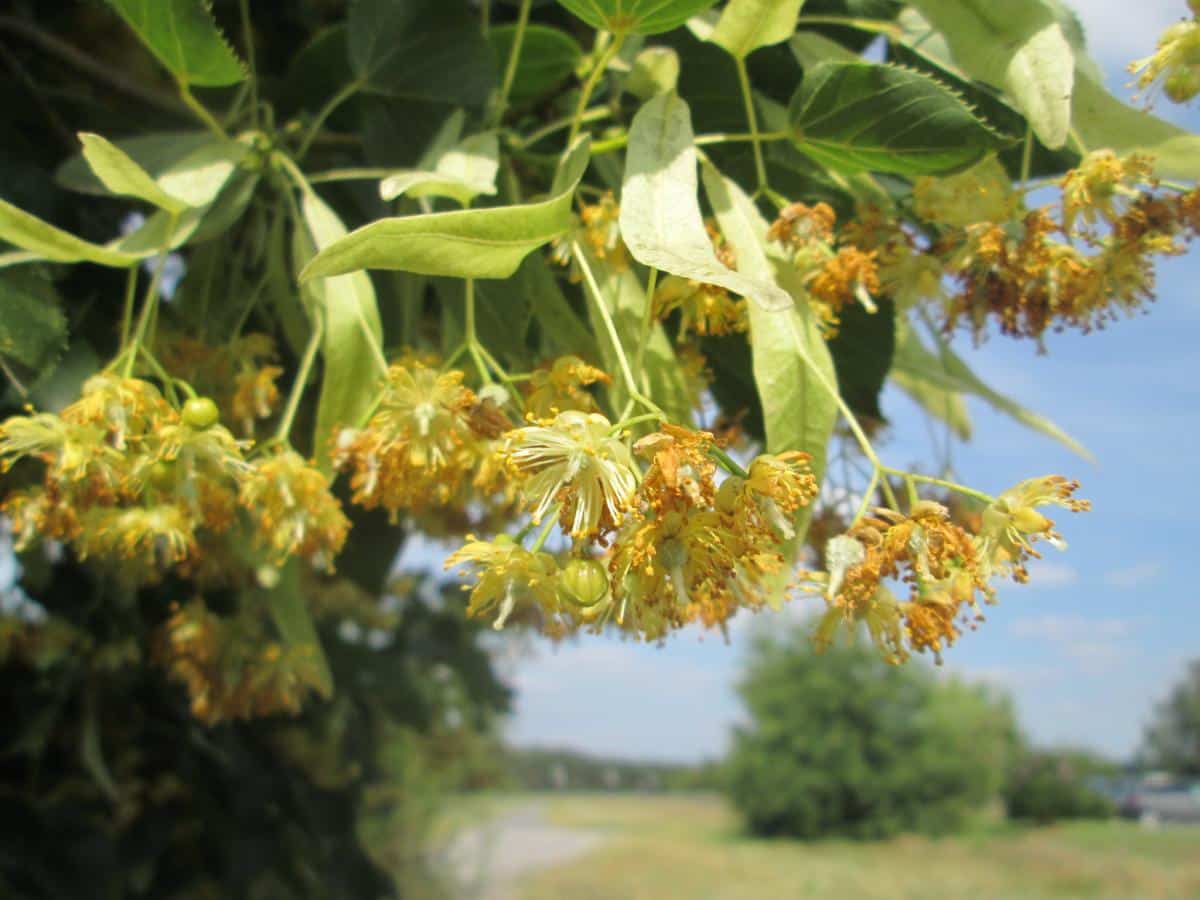
Image - Flickr / Andreas Rockstein
La Tilia cordata It is a deciduous tree that we can find in the temperate regions of Europe. In Spain, it is a common species in the north of the peninsula, where the climate is cooler and more humid than in the rest of the country, something that allows it to reach surprising dimensions.
Also, when it blooms, it produces such a number of flowers that the plant looks very pretty, especially when bees and other pollinating insects visit it to feed on its pollen.
What is linden?
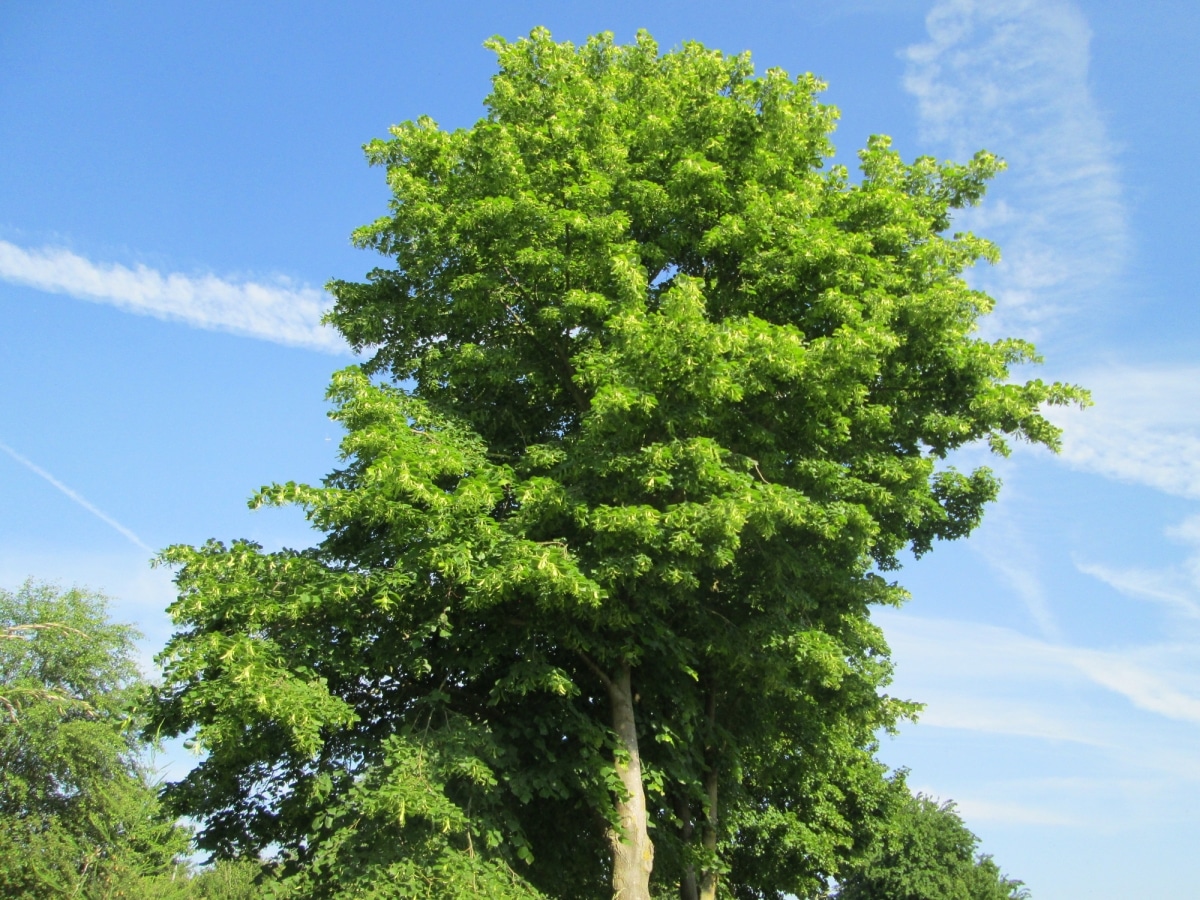
Image - Flickr / Andreas Rockstein
Our protagonist is a deciduous tree that we call linden, or small-leaved linden to differentiate it from the Tilia platyphyllos, which is also native to Europe. It is a tree that it can be about 30 meters tall, and has a trunk that thickens to about a meter in diameter. The crown is also very wide: 4-5 meters.
The leaves are no more than 8 centimeters long, and are heart-shaped.. They are green for much of the year, except in autumn when they turn yellow before falling, as temperatures begin to drop.
Its flowers bloom in spring, and they do so by grouping in inflorescences. They are white, and measure approximately 2 centimeters. The fruit is small and can be easily broken with the fingers.
What is?
It is a plant that widely planted in gardens in temperate regions. Especially beautiful it is seen in those who are large, because it is where it can grow more and, therefore, be better. Now, there are also those who work it as bonsai.
Another use is the medicinal. Linden infusions are used to calm the nerves, sometimes even to help you fall asleep due to its sedative properties. Likewise, it is also diuretic and vasodilator. It can be used in case of fever, indigestion or even as part of oral hygiene (rinsing and gargling).
How to grow a linden tree?
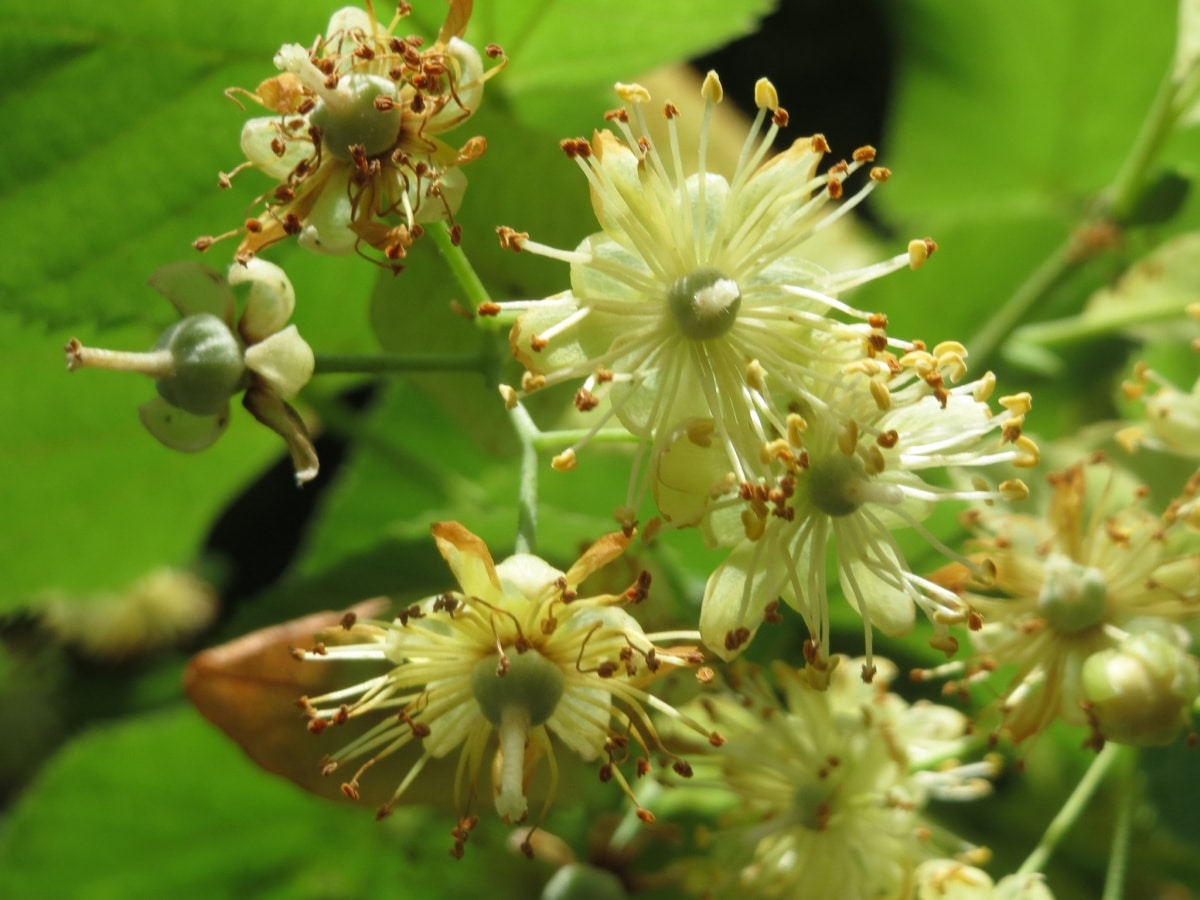
Image - Flickr / Andreas Rockstein
La Tilia cordata It is a plant that requires a series of conditions in order to have optimal development. It is important to know them in order to be able to ensure that our tree is well from the first moment we buy it and take it to the garden.
And what are those?
- Climate: warm and humid. This means that the summers should be mild, the winters not too cold. In addition, the humidity of the air must be high, something essential for the leaves to remain hydrated.
- Earth: the soil must be rich in organic matter, and must have an acidic or slightly acidic pH (that is, it must have a pH between 4 and 6). If maples, camellias, heathers or gardenias are usually planted in your area, for example, and they look healthy, surely linden can also grow well. Anyway, to make sure, I advise you to buy a soil pH meter like this, or that you collect a sample and have it analyzed.
- Water: water is essential for you to live, therefore, if the rains fall throughout the year, it will undoubtedly look beautiful. If there are periods of drought, then you will have to water it.
And now that we know this, it's time to find out how to take care of it:
leave it outside
It is a tree that has to be outside, that has to be able to feel the rain, the wind, etc. Keeping it inside the house is a very, very serious mistake, since in those conditions it does not live long. In addition, we have to expose it to the sun.
Plant it in the ground as soon as possible
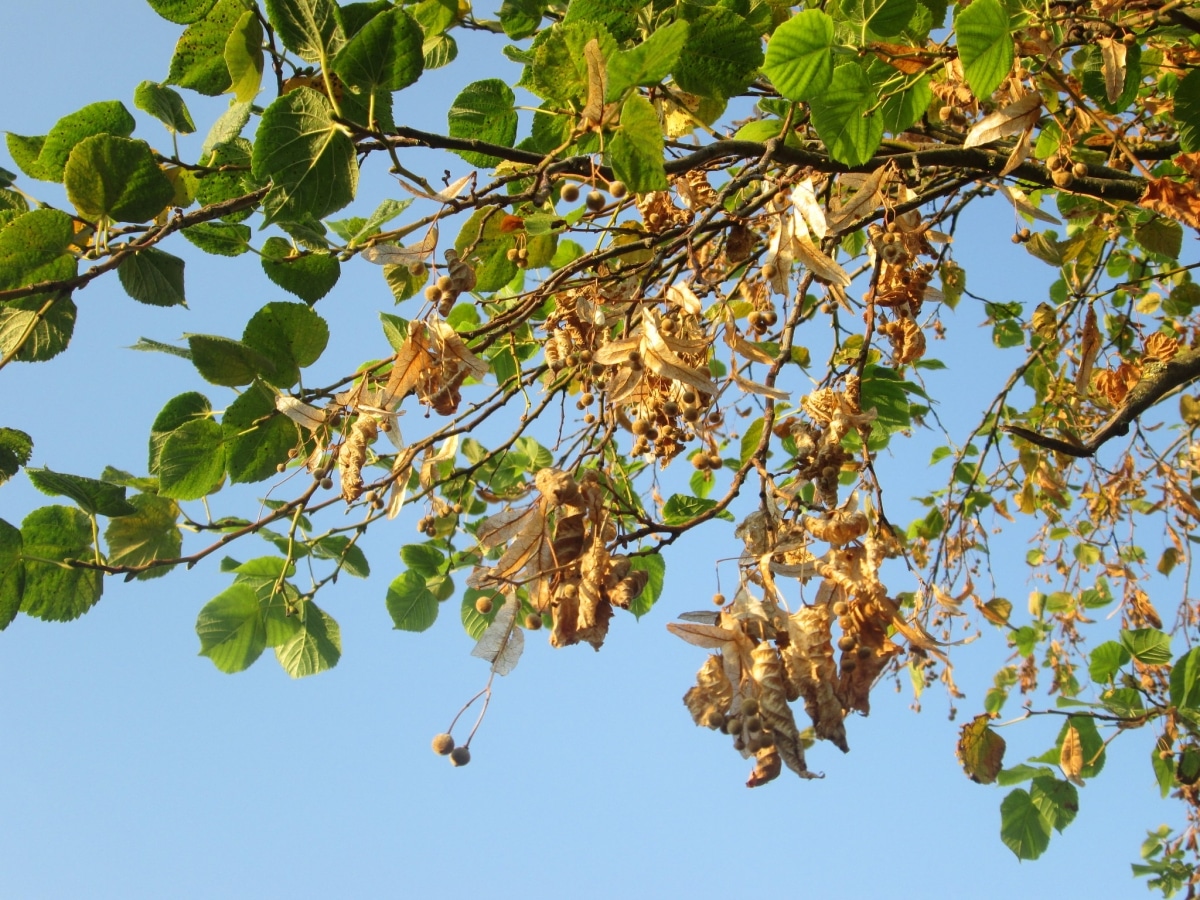
Image - Flickr / Andreas Rockstein
If it is a seedling, the ideal is to wait until it measures about 30 centimeters (more or less), but if it is a tree that is already grown, then it is best to plant it in the garden as soon as winter ends.
You have to find a remote area of the house, otherwise problems could arise: the tree would tend to grow a little inclined, and/or the roots could break the pipes.
Is it possible to have it in a pot?
If it is pruned, yes. But the question is: how much do you want to have a lime tree? I mean, the Tilia cordata It is a tree that grows very large. It tolerates pruning, but if you have a spacious garden and the soil is acidic, it is best to plant it so that it can grow on its own.
In the event that you do not have a place to plant it, then it could be interesting to keep it in a pot with a substrate for acid plants (for sale here). But for this, it would have to be pruned a little - drastic pruning should be avoided at all costs, since the only thing they do is cause a lot of damage to the tree - from time to time.
Water it if necessary
As we mentioned before, If it rains little in our area and/or there are periods of drought, we will have to water the Tilia cordata so it doesn't dry out. To do this, we will use rainwater, or alternatively drinking water, and we will water it two or three times a week in summer.
Fertilize in spring-summer
It is highly advisable to do it so that it grows better. We will use compost, manure or, if it is in a pot, liquid fertilizers such as this which is specific for acid plants.
Prune it in late winter
Only if it is necessary. Cut dry branches, and take the opportunity to trim a little those that are growing excessively. Remember to clean the tools before use, and after, to prevent infections.
What is its rusticity?
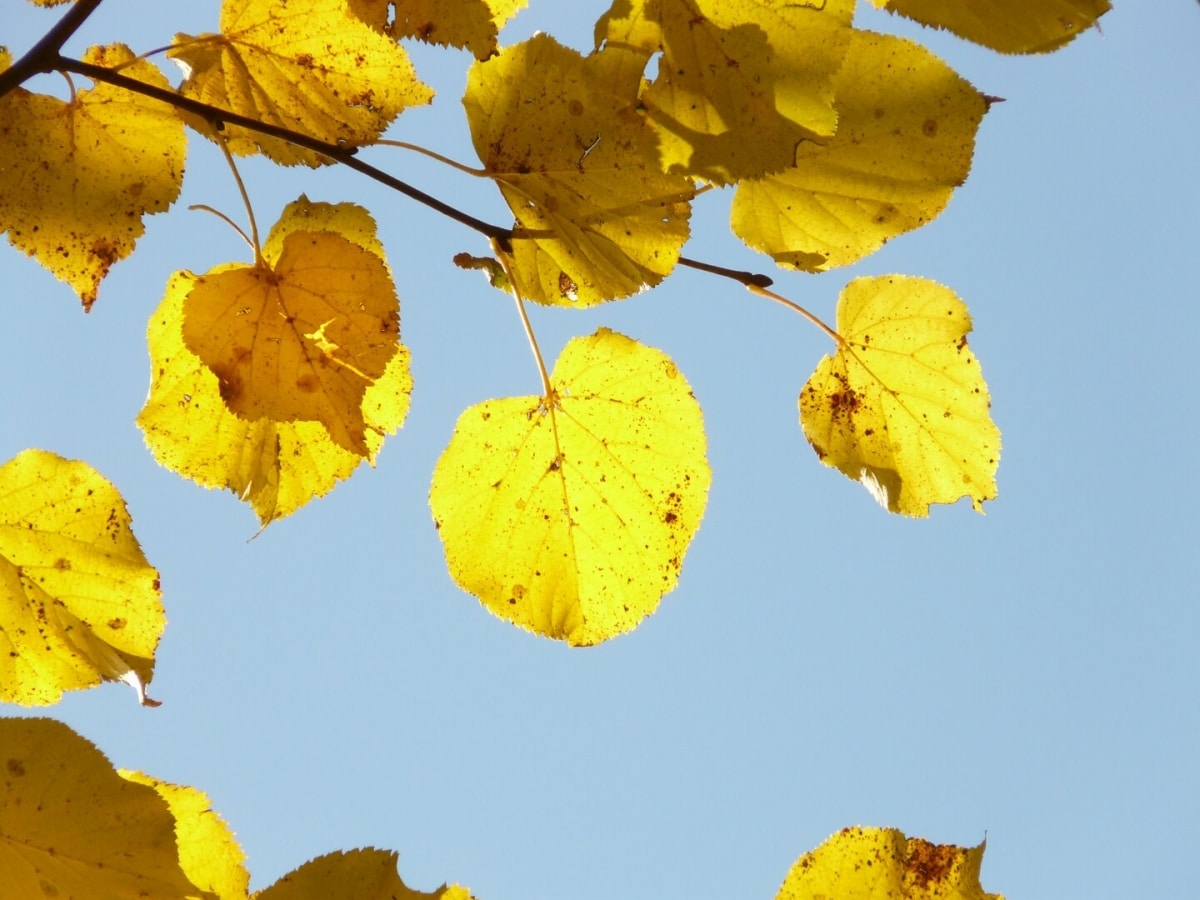
La Tilia cordata It is a very rustic tree. Withstands frosts down to -18ºC, and it is not harmed by snowfalls -except the late ones if it has already begun to sprout and/or bloom-.
On the contrary, if in summer the temperatures remain between 20ºC and 36ºC for several days, they have a hard time. From experience I can say that in these conditions it loses leaves quite quickly, even if you protect it from direct sunlight.
What do you think of the linden tree?